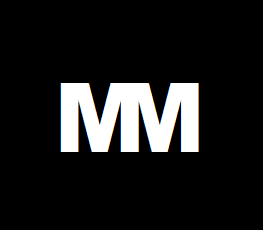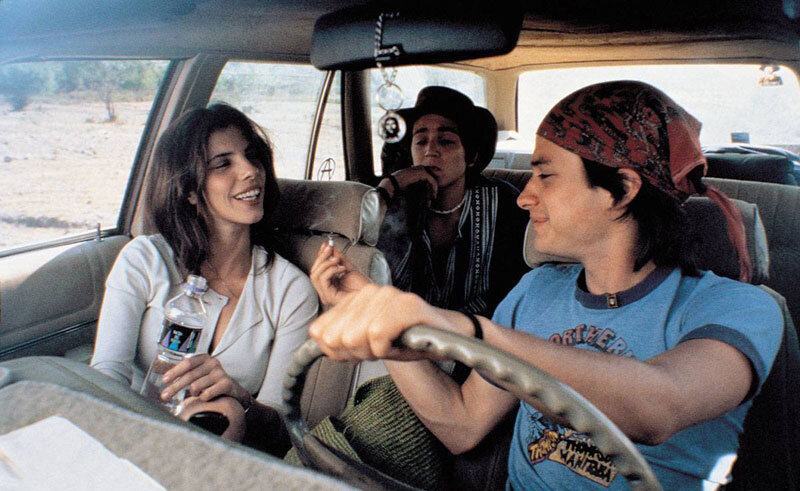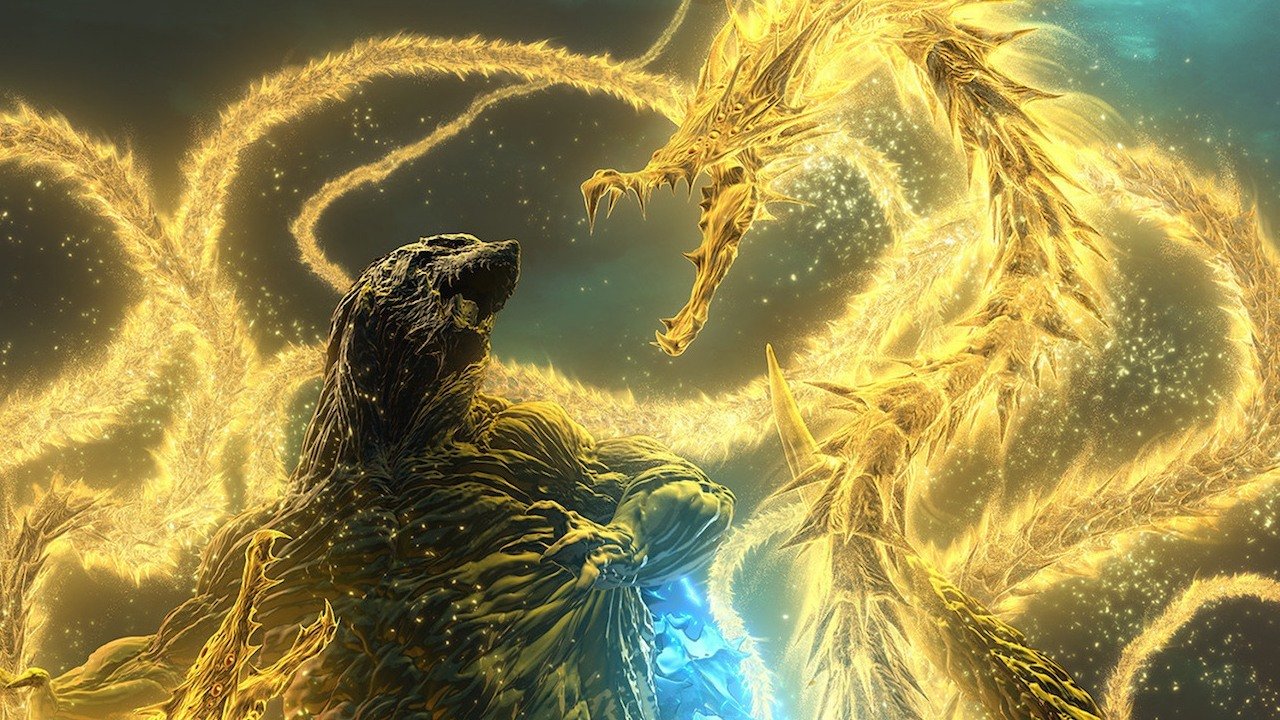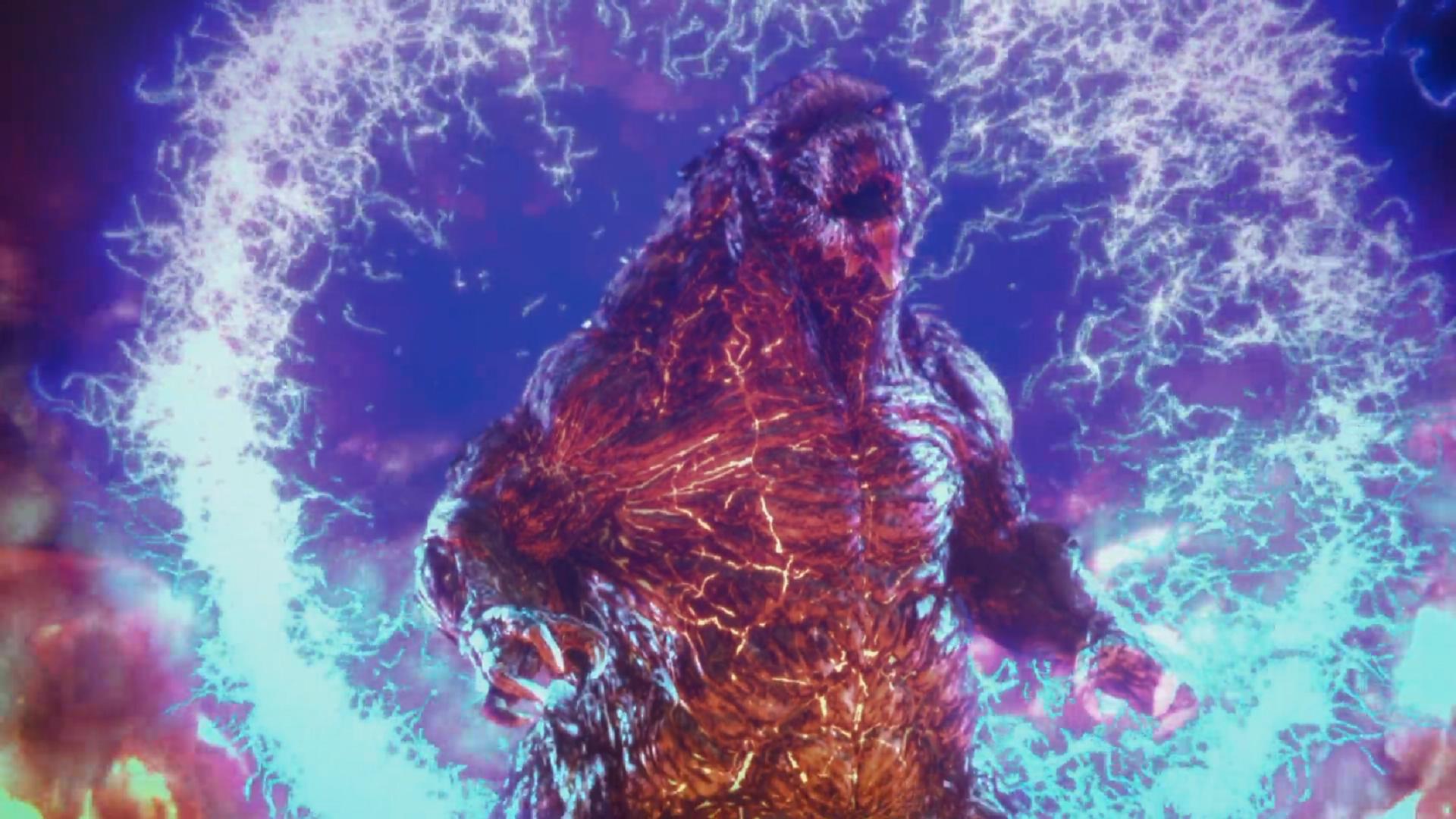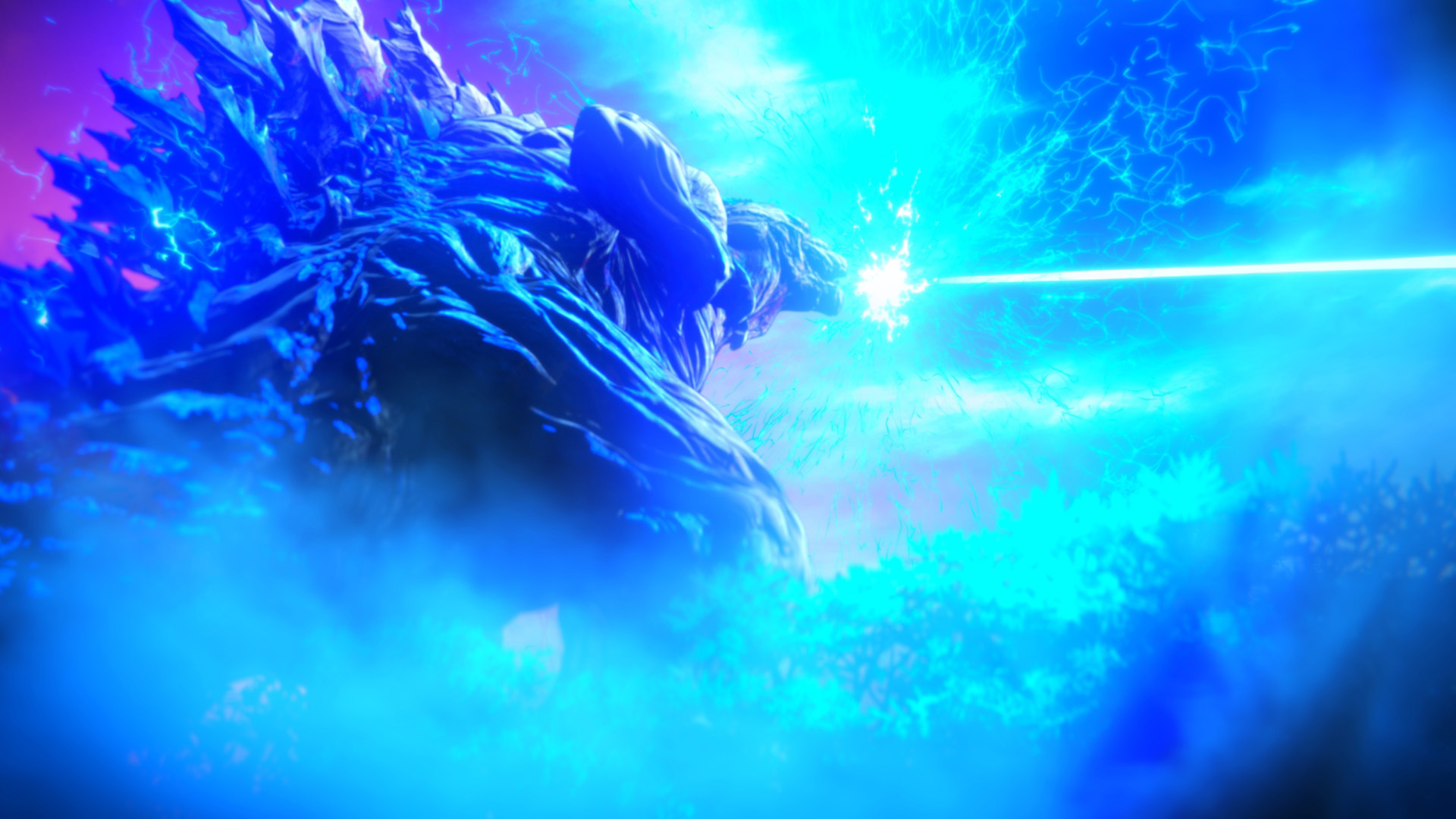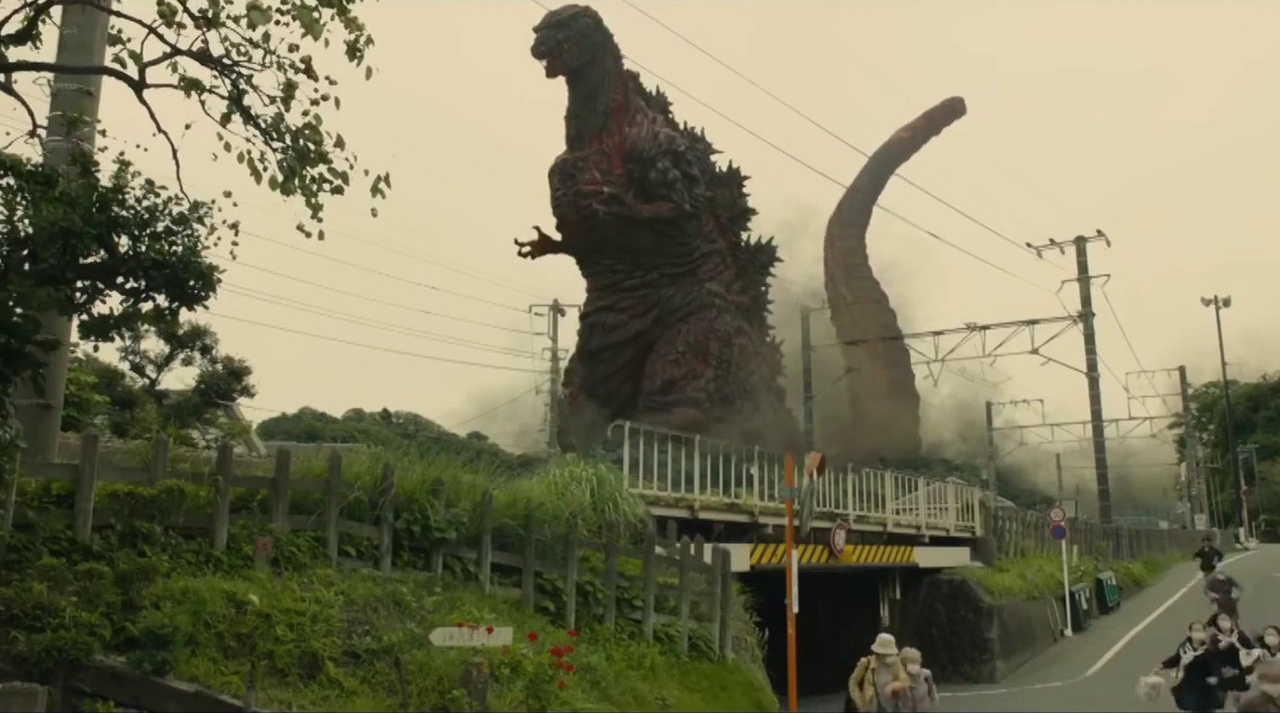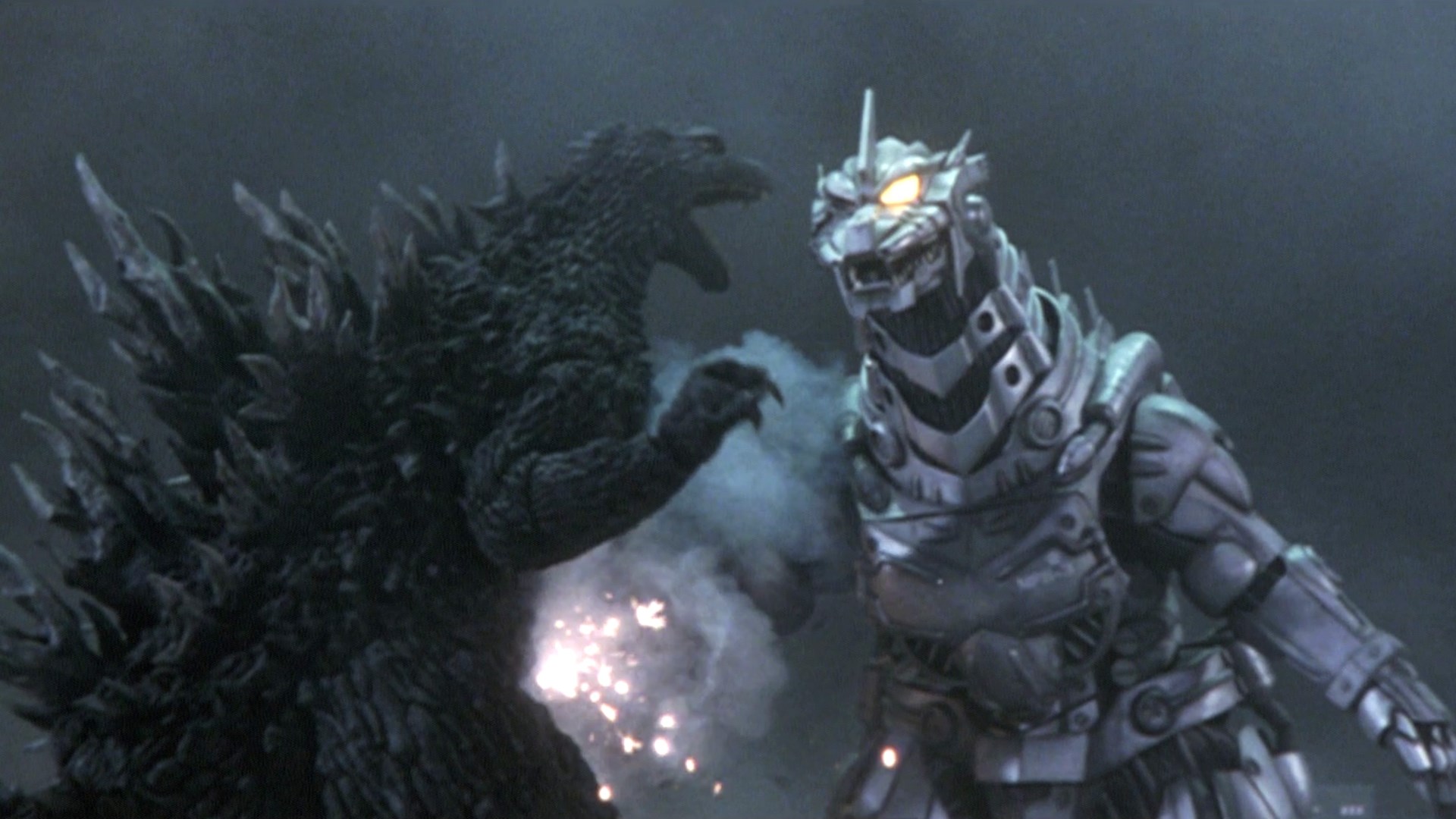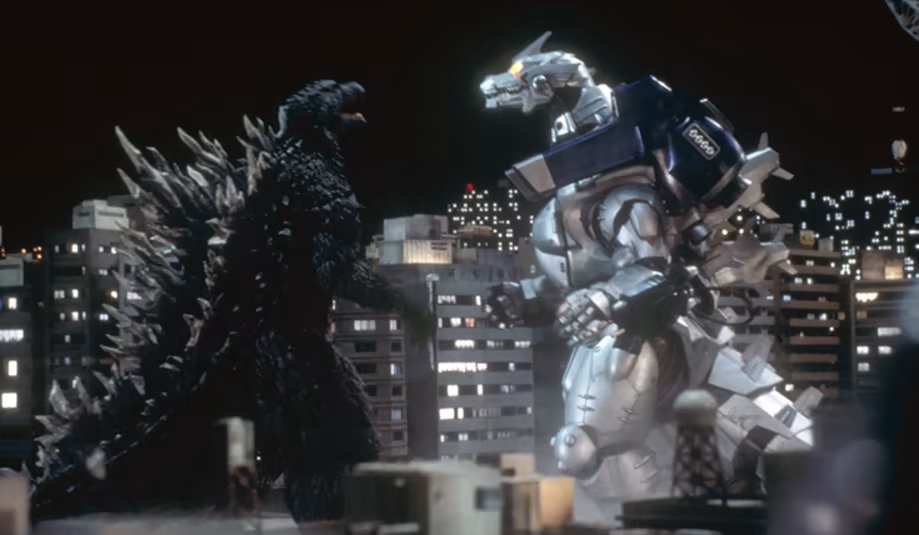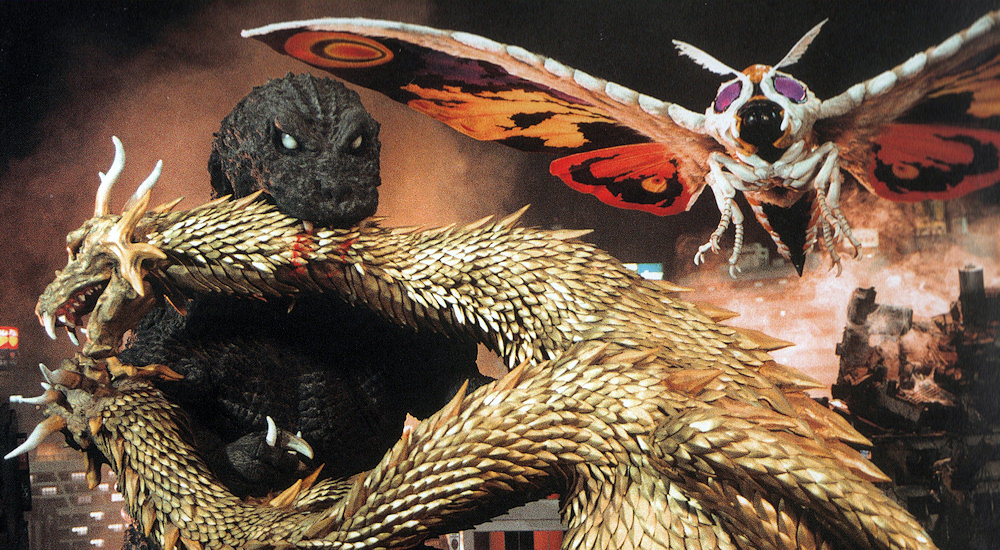Godzilla: Final Wars is the ultimate Godzilla experience. Even if it does feel like a greatest hits album. 2004 meant the 50 year anniversary of Godzilla and a star on the Hollywood Walk of Fame to celebrate the milestone. Even though the Millennium era showed no sign of stopping, it only made sense to end the franchise with a bang. I was 9 years old when Godzilla: Final Wars was released, but I don’t remember when my brother and I officially got into Godzilla. I just remember watching Final Wars a lot growing up, because it brought every monster together. Imagine Destroy All Monsters on a much bigger scale.
Final Wars was a massive co-production between Japan, America, Australia, and China. Toho worked with other countries in the past, but it’s clear they wanted a major Hollywood feel. Which is why they hired one-off director Ryuhei Kitamura. He wanted to recapture the message filled entertainment of the Shōwa era since he wasn’t fond of the Heisei or Millenium era. Final Wars brings back so many classic kaiju, but no one said it was a perfect movie. In fact, Final Wars is ridiculously dated with an early 2000’s rock soundtrack, edgy camera filters, and obvious influence from The Matrix. Final Wars is loud and bombastic, but I can’t help but love every minute of it…
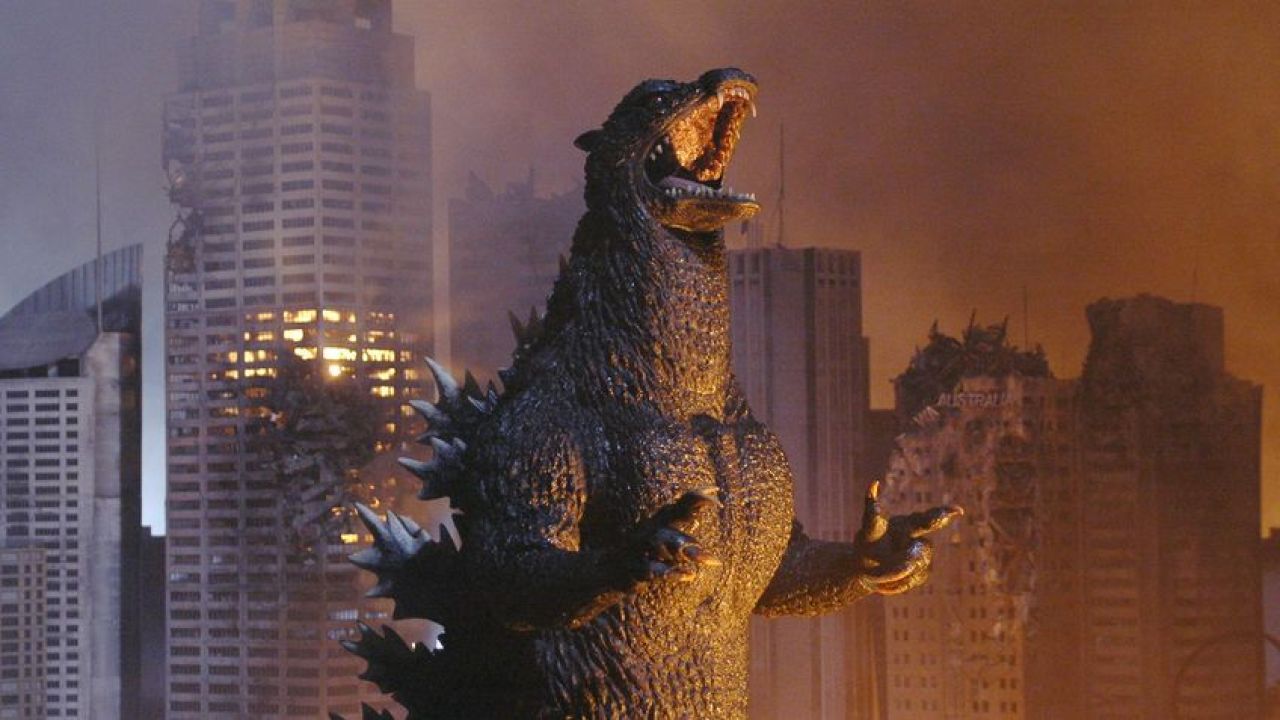
Godzilla roars in Tokyo
Godzilla: Final Wars is the culmination of over 28 Godzilla movies. Although it doesn’t directly acknowledge past films, Earth’s history has been shaped by giant monster attacks for over 50 years. The only difference is that atomic testing has also led to a race of mutants. Although mutants are more like the X-Men who wear special suits and fight for the Earth Defense Force. They carry futuristic guns, ride motorcycles, and fight in slow motion just like The Matrix. Masahiro Matsuoka is practically a Japanese Keanu Reeves and mutant soldier Osaki has a similar arc that Neo has. Final Wars is the first Japanese Godzilla film to be rated PG-13 and have a runtime of over 2 hours. It’s pretty fast paced, but you do notice a distinct lack of Godzilla.
Godzilla appears early on in his final form that manages to streamline his more intimidating features. Tsutomu Kitagawa has the honor of wearing the last suit in the franchise. Despite a ton of CGI, Kitamura wanted to make sure practical suitmation wasn’t forgotten. A drill ship called the Gotengo is recycled from the movie Atragon. The Gotengo manages to trap Godzilla in Antarctica for a majority of the runtime. Mustachioed American martial artist Don Frye plays the macho Captain Gordon who loses the Gotengo years later after a fight with a CGI Manda. The first act sets up a lot of monsters as quickly as possible. Osaki fights with Kane Kosugi who plays rival soldier Kazama, but gets orders from Masakatsu Funaki as Commander Kumasaka to protect a scientist. Of course the scientist is played by a supermodel. Rei Kikukawa plays biologist Miyuki who studies the dormant body of Gigan.
This was Gigan’s first appearance since Godzilla vs. Megalon, but they never forgot how deadly he was. Gigan is updated with a black & red color scheme. His cybernetic visor shoots lasers, his bladed arms come with extra weapons, and the sawblade in his abdomen gets more use with CGI. Gigan is also given more significance as the ancient rival of Mothra. Mothra looks about the same as she did in Godzilla: Tokyo S.O.S. Masami Nagasawa and Chihiro Otsuka both return as the Shobijin fairies on Infant Island who warn humanity about a coming attack. Veteran Godzilla actor Kenji Sahara plays scientist Dr. Jinguji who also hears the message. Like Destroy All Monsters, kaiju begin to destroy major cities all over the world.
Rodan makes a grand entrance in New York City since CGI enhances his supersonic flight. It’s a weird scene where an exaggerated black pimp argues with a police officer before Rodan blows them away. Rodan is partially redesigned to include arms. Anguirus appears for the first time since Godzilla vs. Mechagodzilla. He’s a bit bulkier and uses a cool spinning trick on soldiers in Shanghai. Forgotten monsters like a more antagonistic King Caesar, CGI enhanced Kamacuras, Kumonga, landbound Ebriah, and even Hedorah are all given Okinawa, Paris, Monument Valley, and Tokai to threaten. Meanwhile, Minilla is threatened by trigger happy old man Samon played by Shigeru Izumiya, but protected by Kenta Suga as his grandson Kenta.
Since Baby Godzilla replaced Minilla in the Heisei era, he technically hasn’t appeared since All Monsters Attack. Like that silly film, the innocent Minilla is human sized, but he doesn’t speak thankfully. The most interesting case is the monster who attacks Sydney. After the much deserved failure of Godzilla (1998), Toho trademarked the name Zilla and actually put the monster in the movie. Unlike the other kaiju, Zilla is 100% CGI and rendered as poorly as possible. The EDF resist the monsters and nearly kill Ebirah before they all mysteriously disappear. Final Wars mostly takes cues from Invasion of Astro-Monster by having seemingly peaceful aliens called Xiliens remove monsters from the planet. They offer to save Earth from the colliding planet Gorath that was seen in the 1962 movie of the same name. Their ship is just like the Death Star and their human appearance is extremely Matrix with black trench coats and shades.
Underneath they’re what can only be described as cybernetic fish men. They slowly infiltrate the planet with aliens replacing important figures. Kumi Mizuno returns to the franchise as EDF Commander Namikawa who is replaced alongside the equally prolific Akira Takarada as Secretary-General Daigo. Maki Mizuno plays Miyuki’s equally attractive reporter sister Anna who figures out Daigo is an alien. Masatō Ibu is understanding as the Xilien General, but he’s quickly overthrown by his subordinate X. Kazuki Kitamura is easily the biggest scene stealer since X has a tendency to throw tantrums. The Xiliens launch an Independence Day style invasion and plan to use humans as cattle. They’re only able to control the monsters and mutants because they possess an “M-base” in their DNA.
There’s plenty of fun martial arts action between humanity and the Xiliens, but I’m mostly here for monster mayhem. Godzilla is finally released from the ice as he ends up being the last hope for humanity. Like a video game, Godzilla fights monster after monster until he reaches the final boss. Gigan is decapitated shortly after Godzilla is released. Zilla is released in Sydney, but their fight lasts a mere 16 seconds. It’s a hilarious moment that no one expected to see from an official Godzilla film. Kumonga attempts to web up Godzilla, but he doesn’t last long either. Kamacuras is also killed when thrown on an antenna. Rodan, King Caesar, and Anguirus team up to fight Godzilla by using the latter as a wrecking ball. Godzilla doesn’t kill any of them since they were all his allies in the past.
Ebirah and Hedorah are quickly disposed of at the same time since they were both harder to kill in their own movies. Minilla looks on from the sidelines, but he does grow to full kaiju size. Meanwhile, the heroes infiltrate the Xilien ship and Ozaki is revealed to be a “Keizer” capable of stopping lasers in mid-air. As they fight, Godzilla has his absolute final confrontation in Tokyo. Gigan returns in an upgraded form complete with drill hands. Mothra finally joins the fight and focuses her attention on Gigan. Godzilla stops planet Gorath with his atomic breath, but it reveals the mysterious Monster X.
Monster X is a grey humanoid with three heads that ends up being a more powerful version of King Ghidorah named Keizer Ghidorah. Godzilla fighting his archenemy one last time is as satisfying as it sounds, but that’s still not enough for him. By this point the Xiliens are destroyed and Tokyo is a crater. Godzilla turns his attention to the humans, but Minilla steps in to stop his father, while the young Kenta stops his grandfather. It’s a particularly cheesy moment that leads to Godzilla and Minilla returning to the sea. Ending the Toho series with one last roar. Godzilla: Final Wars didn’t need a logical story to be an epic conclusion.

Godzilla roars in Antarctica
Preceded by: Godzilla: Tokyo S.O.S. & Followed by: Shin Godzilla
